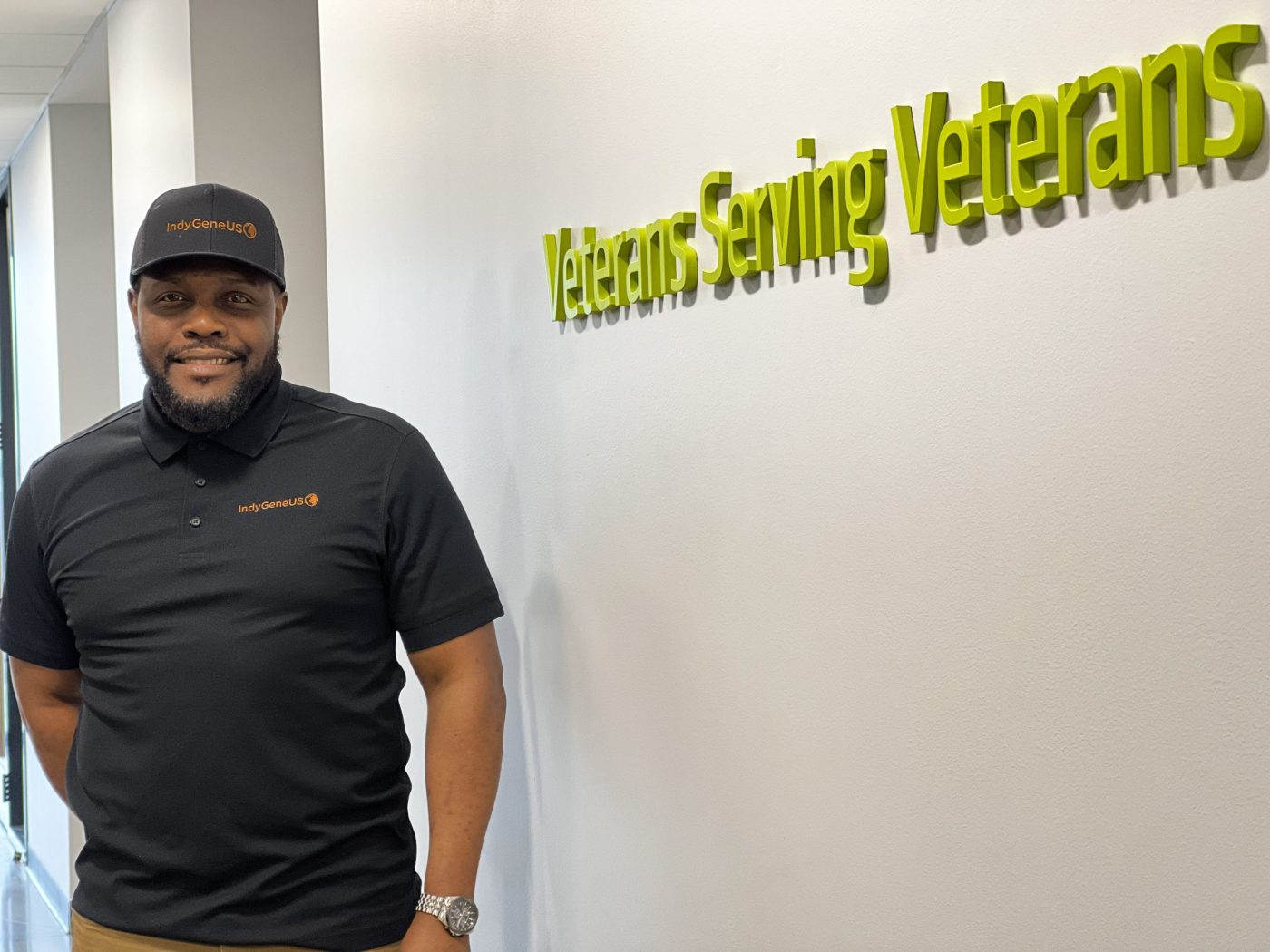
Established in 1867, it is one of over 100 national cemeteries and soldiers lots we manage that are recognized as historically significant, through designation as National Historic Landmarks, listing in the National Register of Historic Places, or both. A nationally significant property is considered to be of exceptional value in representing an important theme in U.S. history, whereas properties listed on the National Register tend to be of state and local relevance.
Wilmington National Cemetery was added to the National Register in 1997. The two-story Superintendent’s Lodge at the site, completed in 1934, currently serves as headquarters for the Historic Wilmington Foundation, a local historic preservation nonprofit whose mission is “to protect and preserve the irreplaceable historic resources of Wilmington and the Lower Cape Fear Region.” The foundation recently completed some work on the building’s interior as part of its lease agreement with NCA; improvements include removal of a 70’s-era drop ceiling upstairs and re-plastered walls and ceilings.
The day before I arrived, a state historical marker was dedicated on Market Street just outside the cemetery gates. The marker honors United States Colored Troops—as all-black Union regiments were called during the Civil War—and white officers interred with them at Wilmington.
The cemetery also highlights another interesting aspect of American history: The great influenza pandemic of 1918. As many as 100 million people are believed to have died worldwide from the outbreak, including 28 Puerto Rican workers brought by ship to the Wilmington area to help build nearby Fort Bragg. The headstones marking their graves in the cemetery are unlike any I’d ever seen, bearing the decedents’ names and an additional inscription reading “Employee U.S.A.” It’s sad to think of them dying so far from home, yet comforting to realize that, as with all those buried in national cemeteries, their gravesites will be cared for in perpetuity.
Ron Walters is VA’s Acting Principal Deputy Under Secretary for Memorial Affairs and Chief Financial Officer of the National Cemetery Administration. This is the eighth in his ten-part series exploring Veterans cemeteries in the southeastern U.S. Next: Coastal Carolina State Veterans Cemetery, Jacksonville, NC: Caring for Veterans and Families.
Topics in this story
More Stories
The Social Security Administration is hoping to make applying for Supplemental Security Income (SSI) a whole lot easier, announcing it will start offering online, streamlined applications for some applicants.
Yusuf Henriques, an Army Veteran and former combat medic, is the founder and CEO of IndyGeneUS AI, a genomics company on a mission to improve health equity by increasing representation of women and racial minorities in clinical trials.
Online shopping scams are the riskiest scam for Veterans, with 77.3% of reports confirmed losing money when targeted by this scam.







[…]The information mentioned in the article are some of the best available […]……
[…]below you’ll find the link to some sites that we think you should visit[…]……
I live in a mobile home in California and have long been considering putting a tankless water heater in the kitchen area. The design of most mobile homes has the water heater toward the back of the home and on the opposite side
NRAS
of the home from the kitchen.The water (and natural gas) wasted getting warm or hot water to the kitchen and laundry area is enormous. Unfortunately this seems to be another of those “maybe someday” projects. Mainly because of the cost of the units.
Thank you for your many years of faithful service to our Nation. We are proud to serve you and your fellow Veterans who have given so much in defense of the freedoms we enjoy. The historic Wilmington National Cemetery has been serving Veterans since 1867 and is open today only for additional interments in existing gravesites. There are no plans to expand the cemetery, since Wilmington-area Veterans and their loved ones are served by the Coastal Carolina State Veterans Cemetery at 110 Montford Point Road in Jacksonville. Other cemeteries in North Carolina you might consider include the Sandhills State Veterans Cemetery in Spring Lake; Salisbury National Cemetery; as well as Florence National Cemetery in South Carolina.
I am a Wilmington NC native with over 32 years in the Marine Corps. In a couple of years I retire and was wondering if there is any plan to expand the National Cemetery in Wilmington or to open a new National Cemetery in the New Hanover or Pender County area?
thanks for your work and RIP to our fallen heroes…posted as cool work to my FB 28AUG2011
Mr. Walters,
I was surprised to see in the pictures with your article that some of the graves were covered with a horticultural support for a tree instead of grass like the other graves. I am sure many people will ask you if this is a sign of disrespect for the graves.
Alan Purvis
Thank you for your interest in the trip blog. I appreciate your comment about the absence of grass on the gravesites under certain trees. In some of the older cemeteries, turf growth is suppressed in the shade produced by mature trees with dense canopies. Of course, the tree in the photo was much smaller when these gravesites were established; over time the turf under the tree became sparse and the appearance no longer met our National Shrine standards. We replaced the poor-quality turf with the neat appearance of the mulch and borders you see in the photo. Cemetery appearance has long been one of our top priorities, and in our most recent annual customer satisfaction survey, 98 percent of visitors rated the appearance of VA national cemeteries as excellent.
God Bless You, Mr. Walters, Because, you no in your heart, mind, and soul; What all those men, women, children,dogs,horses etc. etc. Lost all for one cause? US= United States of America! I hope that, there next life was a peacefuller one and when, they joined there loved ones in heaven, that they found peace for there bravery and valer and insight into the future for, US!!!